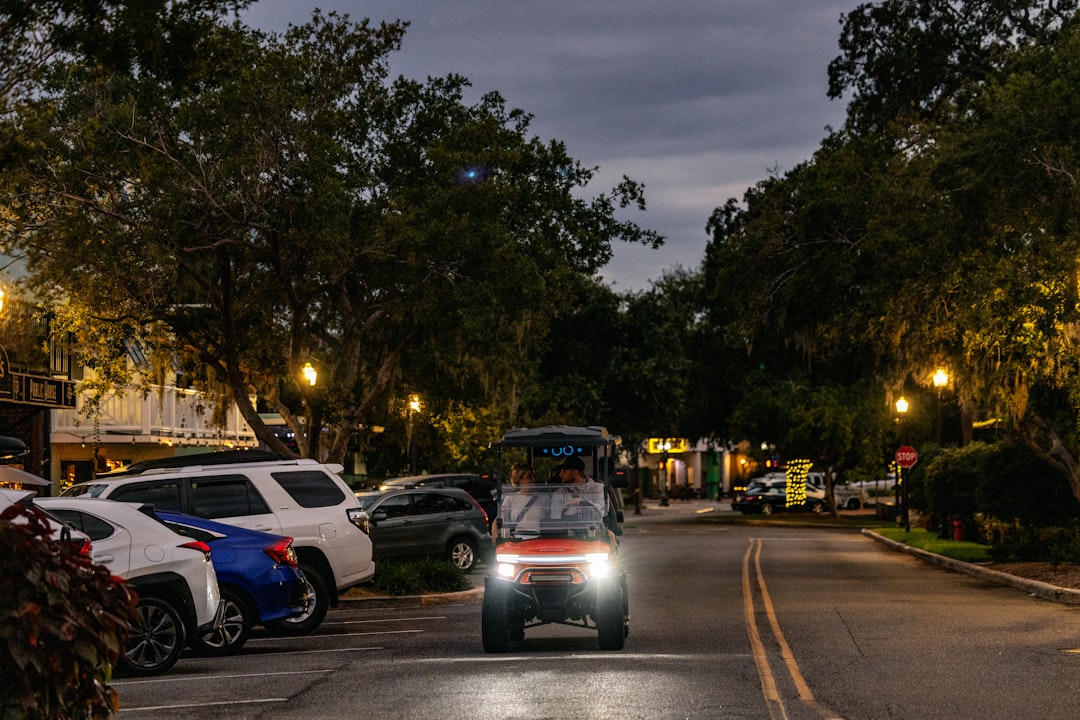In 2024, the landscape of electric vehicle (EV) commuting is transforming at a breakneck pace, largely due to the expansion of fast charging networks. According to Bloomberg Green, the number of fast charging stations worldwide has surged by 35% over the past year, making it easier than ever for EV drivers to charge their vehicles quickly and efficiently. In this article, we’ll explore how these rapid charging networks are reshaping the way we commute, the benefits they bring to daily EV users, and what the future holds for this crucial infrastructure. Whether you’re an EV owner or considering making the switch, understanding the dynamics of fast charging can enhance your electric driving experience.
The Rise of Fast Charging Networks
The Growth of Charging Infrastructure
Fast charging networks are the backbone of the modern EV commuting experience. As of 2024, data from InsideEVs indicates that there are over 45,000 fast charging stations globally, with major expansions in the US, Europe, and China. This growth is driven by:
- Investment from Automakers: Brands like Tesla, Rivian, and Volkswagen have invested heavily in their charging networks, enhancing accessibility and reliability.
- Government Initiatives: Incentives and policies from governments worldwide are pushing for the installation of fast chargers in urban areas and along highways.
- Partnerships: Collaborations between companies such as BP and Shell with EV charging firms are accelerating the deployment of fast charging stations.
Technological Advancements in Fast Charging
With technology evolving, fast chargers are becoming more efficient and user-friendly. According to MIT Technology Review, new chargers can deliver up to 350 kW, slashing charging times to as little as 15 minutes for 80% battery capacity. Key advancements include:
- Battery Management Systems: Enhanced systems that optimize charging speeds while preserving battery life.
- Cooling Technologies: Innovative cooling methods that prevent overheating during rapid charging sessions.
- Smart Charging Solutions: Integration with smart grids allows for dynamic load management, reducing strain on the electricity network.
The Impact on Daily Commuting
Fast charging networks are making EV commuting more practical and appealing by addressing common concerns related to range anxiety and charging downtime. Here’s how they’re enhancing the EV lifestyle:
- Convenience and Time-Saving: With more fast chargers strategically located, drivers can plan their routes without worrying about long detours for charging.
- Increased Adoption Rates: As fast charging becomes more prevalent, more consumers are willing to transition from traditional vehicles to electric ones.
- Improved Urban Mobility: In cities, fast chargers complement public transport systems, offering flexible commuting options.
Practical Value: Navigating the World of Fast Charging
How to Choose the Right Charger
Selecting the right fast charger can seem overwhelming. Here are some tips to guide your decision:
- Compatibility: Ensure the charger is compatible with your EV model. Brands like Hyundai and Ford EV have specific requirements.
- Speed: Opt for the fastest option available, but balance it with your budget and charging needs.
- Location: Consider chargers along your regular routes for convenience.
Where to Find Fast Chargers
Finding fast chargers is easier than ever with various tools and resources:
- Apps and Websites: Platforms like PlugShare and ChargePoint offer real-time data on charger locations and availability.
- Car Navigation Systems: Many modern EVs come equipped with built-in navigation that highlights nearby charging stations.
- Public Directories: Government and private directories list chargers, making planning long trips more straightforward.
Comparing Fast Charging Networks
When it comes to choosing a network, consider factors like:
- Coverage: Tesla’s Supercharger network, for instance, offers extensive coverage, but other networks like Electrify America are rapidly catching up.
- Pricing: Compare costs, as some networks offer subscription models that provide discounted rates.
- User Experience: Look for networks with positive reviews for reliability and customer service.
Conclusion:
Fast charging networks are undeniably revolutionizing EV commuting in 2024, making electric vehicles more accessible and practical for everyday use. As these networks continue to expand and evolve, they will play a pivotal role in the global shift towards sustainable transportation. If you haven’t yet experienced the convenience of fast charging, now is the perfect time to explore the options and consider how they could fit into your lifestyle.
Are you ready to embrace the future of commuting? Share your thoughts in the comments below and tell us how fast charging has impacted your EV experience. As we look ahead, the integration of renewable energy sources into these networks promises an even greener and more efficient future for electric mobility.

